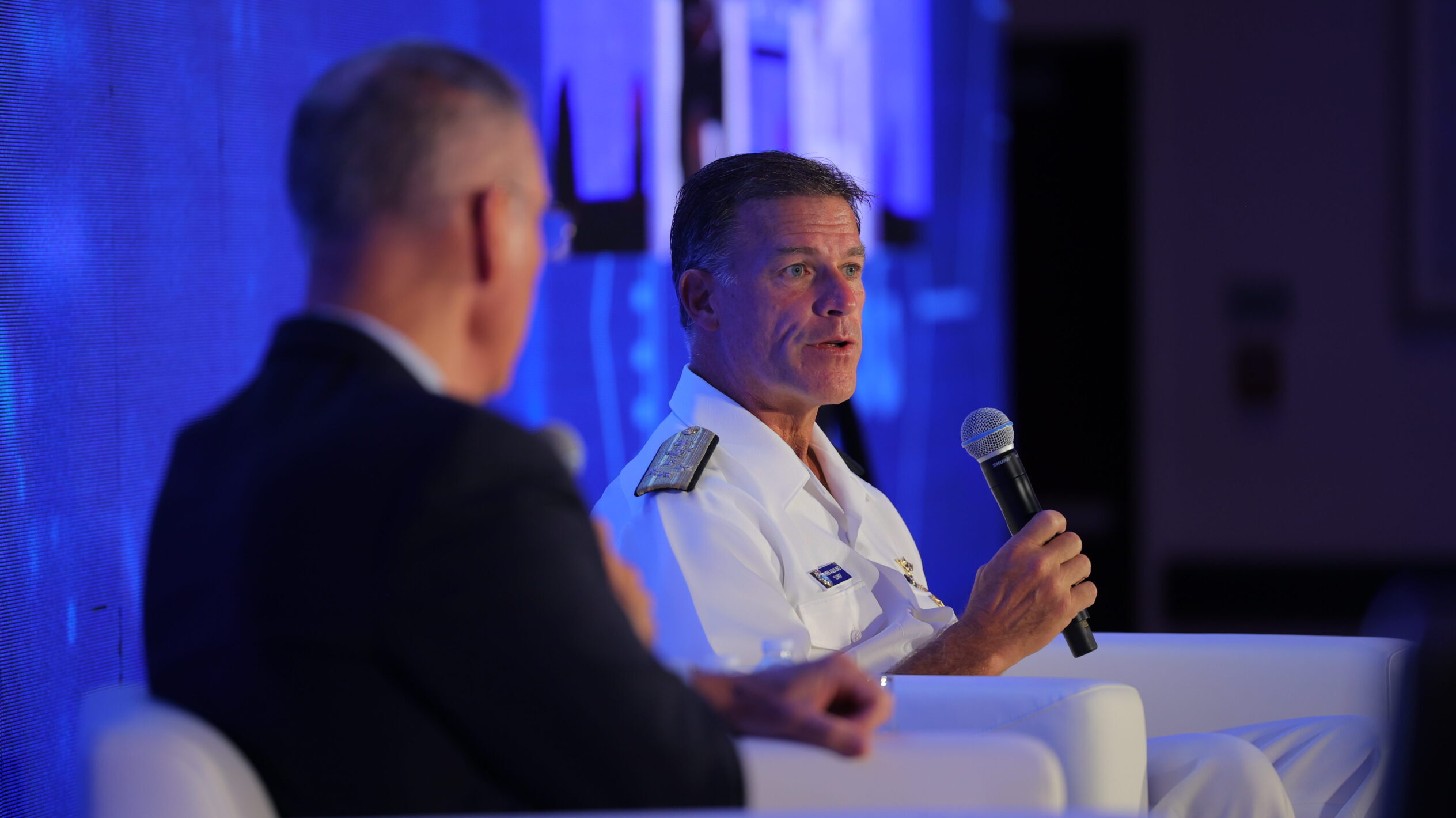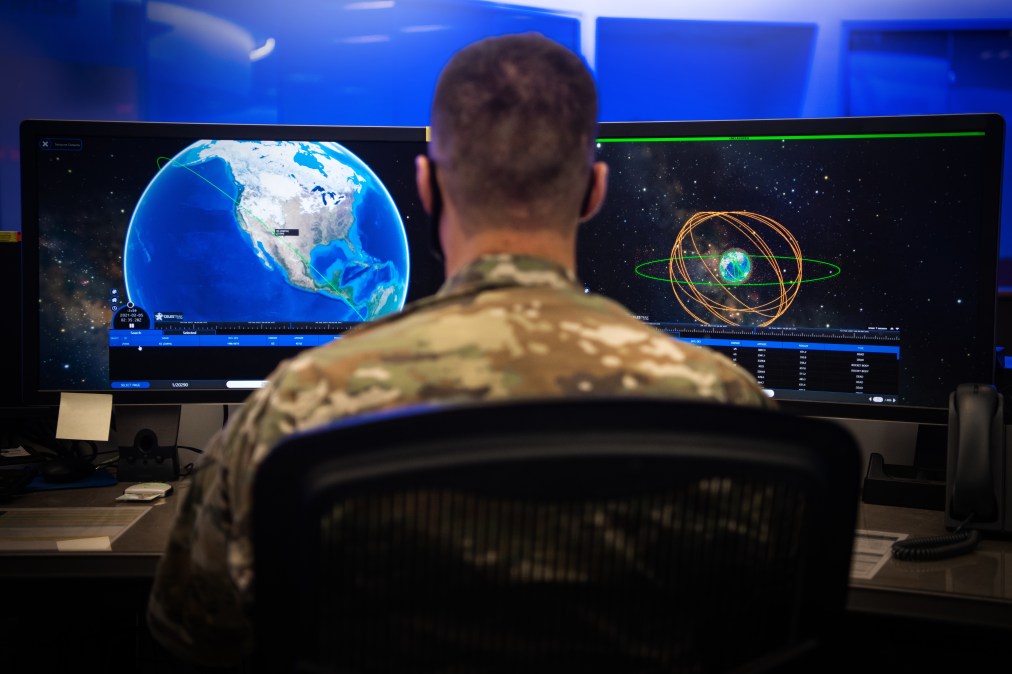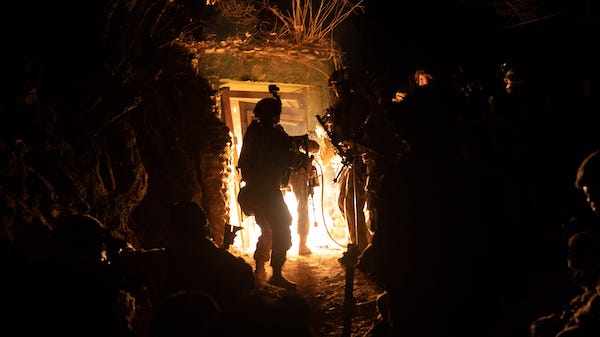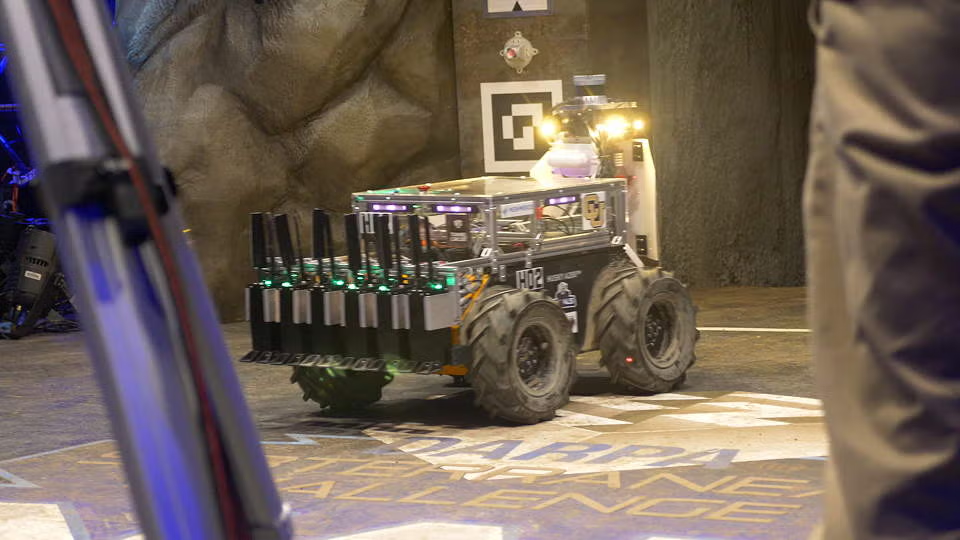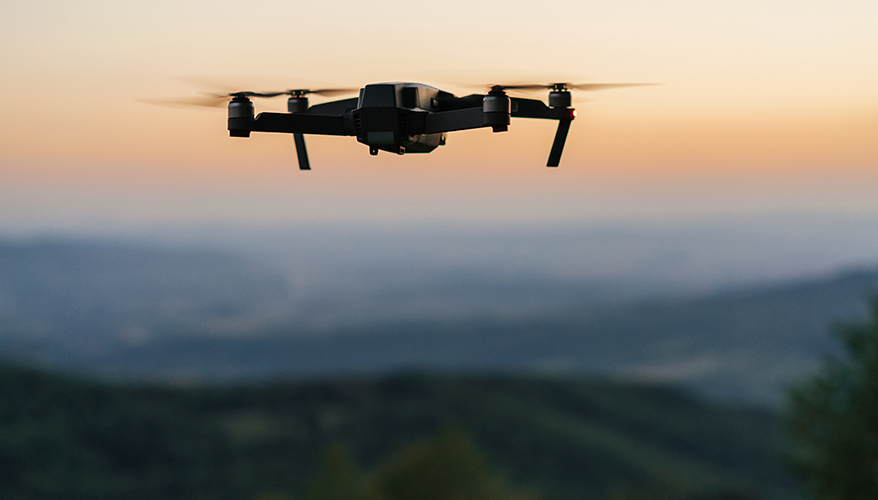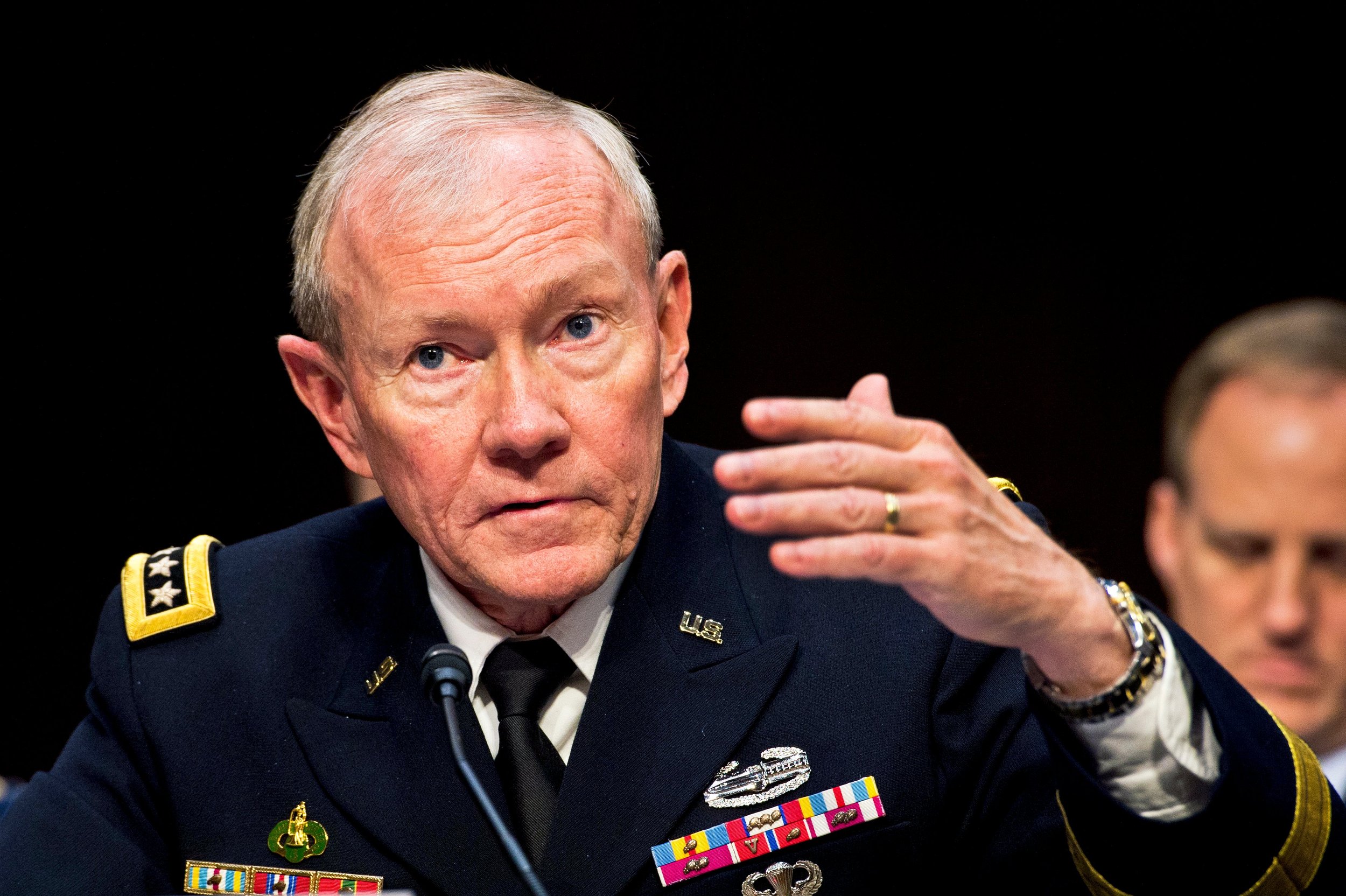Joshua Keating
When Ukrainian drones struck targets in six Russian regions on Wednesday, from the Estonian border to Moscow, it was the largest attack on Russian territory since in the 18-month-old war. It was also the latest reminder that the war is no longer limited to Ukrainian soil.
For most of the past year and a half, Russians–at least those not in uniform–have been insulated from the violence raging next door in Ukraine. That’s no longer the case.
According to the BBC, there have been more than 160 suspected drone strikes on Russian territory this year, not counting strikes on Russian-annexed Crimea. Often those drones hit their targets - as was the case when a drone strike damaged four cargo jets at an airport in Pskov that is home to Russia's 334th military transport regiment. A series of attacks last week struck towers in Moscow’s financial district and a separate strike is believed to have destroyed a supersonic bomber hundreds of kilometers from the Ukrainian border.
This is still nowhere near the scale of Russian attacks on Ukraine. In just one month, earlier this year, Ukraine was hit with more than 400 drone and 160 missile attacks. Russia also launched a "massive" missile and drone attack on the Ukrainian capital Kyiv Wednesday. The Ukrainian attacks have caused few casualties–no deaths have been reported from the strikes in Moscow, though there have been some elsewhere–and many of the drones have been intercepted by one of the world’s most extensive air defense systems.
But Ukraine’s drone war over Russia is starting to have an impact on the Russian public, which may have been lulled into feeling that the war could not affect them. As one Muscovite posted angrily on social media after a spate of attacks on the city, “Where is the defense of our capital?”
A military motive - and psychological one too
The attacks on Russian soil started small. The first was believed to have been a helicopter-fired rocket strike on an oil depot in Belgorod, just 20 miles from the Ukrainian border, in April, 2022. The number of strikes quickly multiplied, mostly in areas near the Ukrainian border. In May of this year, Ukrainian drones were destroyed over the Kremlin, a dramatic sign that the Russian capital was within reach.
There is a clear military logic to the strikes on oil facilities, ammunition depots, and other logistics hubs near Ukraine. But the attacks against the Kremlin and glittering skyscrapers of Moscow’s business district are likely more for psychological effect, Samuel Bendett, a drone warfare analyst at the Center for Naval Analyses, told the Messenger.
The strikes are “all demonstrating Ukrainian capability,” Bendett said. “They're all demonstrating that Ukraine can reach the heart of the most defended city in the country. They're meant to demonstrate that Russian air defenses and electronic warfare defenses are not absolute, and have gaps that could be readily exploited. If Ukraine continues to strike Moscow repeatedly, it may have a cumulative effect on the people in the city.”
Kamikaze drones
Two main types of drones have been used in the recent strikes. The UJ-22, produced by the Ukrainian company UKRJet, is a fixed-wing aircraft with a range of about 500 miles. It’s meant to be used as either a reconnaissance aircraft or to drop bombs, but could potentially be adapted for “kamikaze” use as well - crashing into the target and exploding.on impact.
Another is the Bober, Ukrainian for “beaver,” believed to have been responsible for many of the recent attacks on Moscow. It’s a kamikaze drone with a range of over 600 miles, which began development last year partly backed by an international crowd-funding effort.
Where exactly these aircraft are launching from remains something of a mystery. Bendett noted that fixed-wing aircraft like these, unlike the off-the-shelf quadcopters used for many operations within Ukraine itself, require a fair bit of infrastructure, including runways, suggesting that they are probably launching from Ukrainian territory. Moscow is a little less than 300 miles from the Ukrainian border at its closest point, well within the range of both drones.
A man takes a photo of a damaged building of the Moscow-City business center (also known as Moscow International Business Center, of MIBC) after a drone fell on August 23, 2023, in Moscow, Russia.
Ukrainian officials have generally not commented directly on the drone strikes, or acknowledged responsibility only obliquely. But they are starting to be less coy than they used to be.
“Gradually, the war is returning to the territory of Russia – to its symbolic center and military bases, and this is an inevitable, natural and absolutely fair process,” President Volodymyr Zelenskyy said after a series of strikes against Moscow in July.
The U.S. view: Uneasy but watchful
The reason for the lack of comment is that these strikes make some of Ukraine’s backers very nervous. The U.S. has provided Ukraine with a range of reconnaissance and attack drones, but has held back on weapons with long-range capabilities, including Gray Eagle drones and ATACMS missiles. That’s due partly to concerns that they would be used to attack Russian soil and might spark a potentially catastrophic direct conflict between the U.S. and Russia.
“As a general matter, we do not support attacks inside of Russia," a White House spokesperson said after drones struck Moscow in July. But the locally produced drone models like the Bober and UJ-22 show that Ukraine doesn’t necessarily need foreign help to strike deep within Russia.
This is the first war in which drones–primarily a counterterrorism weapon for the past two decades–have been used at this scale by two opposing conventional militaries. At a recent meeting with reporters hosted by George Washington University, Assistant Secretary of Defense Mara Karlin told The Messenger that Ukraine provided “extraordinary laboratory for understanding the changing character of war” and that “a piece of that is obviously the role of drones.”
Part of that role is evidently to bring the war home to otherwise peaceful cities, hundreds of miles from the front.









